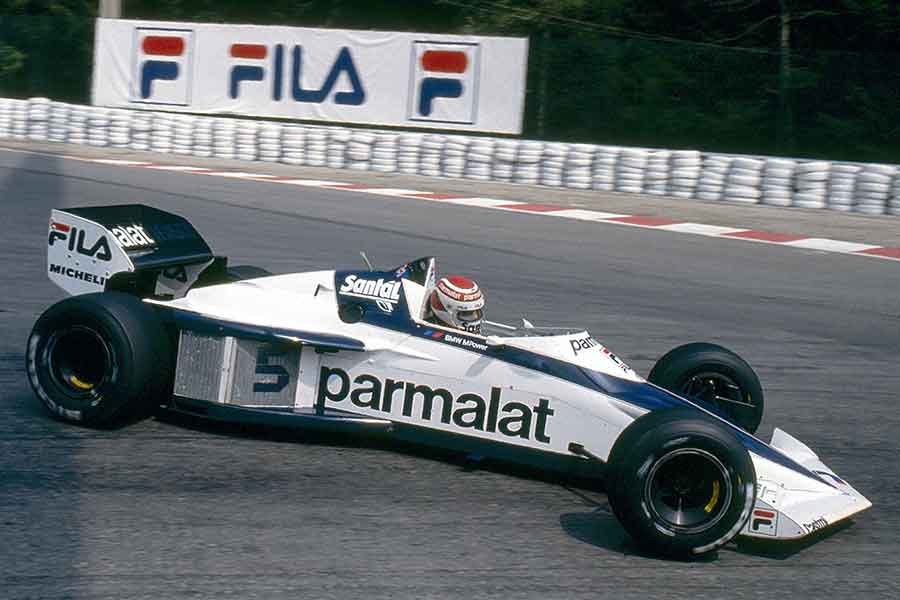Brabham BT52 - The Last Minute Champion
The Brabham BT52 and its modified version BT52B was a car that in the hands of Brazilian driver Nelson Piquet won the 1983 Formula One World Championship.
Deadline was really tight
The story of Brabham BT52 is quite interesting. The team already had fully built and prepared BT51s but with less than three months before the season kick-off, regulations were changed. The FIA banned ground effect cars and all cars had to be designed with flat undersides for safety reasons. Designer Gordon Murray had very little time to build a new car and, as he once reckoned, he had to use some pills to keep him awake.

Brabham BT52 BMW cutaway
The new car drastically different from the BT51. Apart from the powertrain, the only major items retained probably were the pedal cluster and the wheels. Everything else was completely different but the final result was very good, probably somewhat above expectations. Murray later said that the Brabham BT52 was basically a front-end module, a rear-end module, and the tub in the middle with powerful BMW turbo engine.
Brabham BT52B was used in the second half of the season
Around 70% of the cars’ weight was put to the rear to gain more traction. The rear wing of the dart-shaped and extremely low weight car was oversized with a task to generate maximum possible downforce. The small fuel tank capacity of just 195-liter was put high up behind the driver. The Brabham BT52 was the first car designed by Murray with carbon roll-over structures front and rear. Murray didn’t like a carbon fiber and later said that lot of work had to be done to get them pass the FIA test.
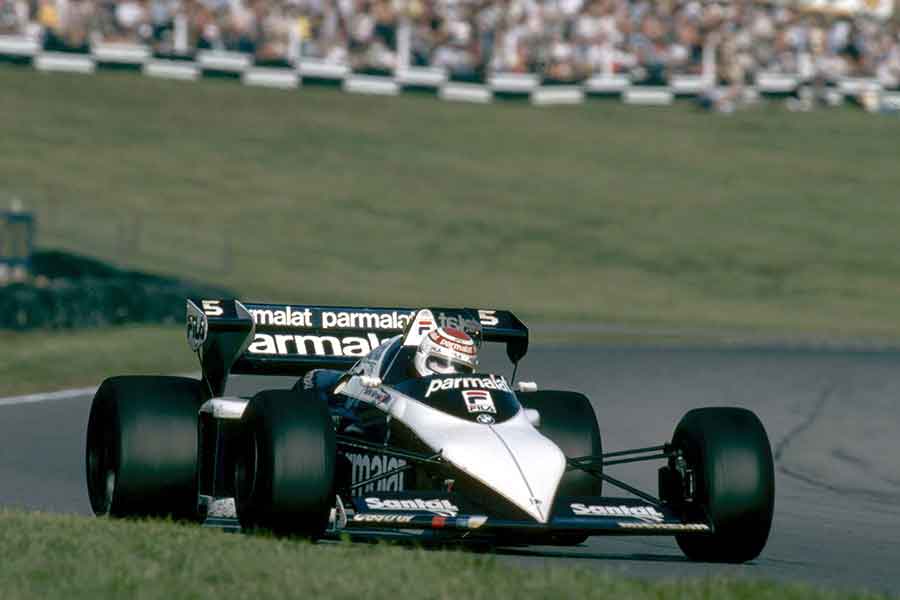
Brabham BT52B
In the second half of the season, Murray and Brabham developed the BT52B which was slightly smaller and had a winglets on the rear wings to generate more downforce. The color scheme of the ’new’ car was reversed. That model was more successful and scored three wins.
Bad luck pulled the team out of F1 Constructors’ Championship battle
The Brabham BT52 was easy to drive and was quite reliable but some bad luck that followed Riccardo Patrese prevented the team from winning the Constructors’ Championship. Brabham-BMW finished 3rd in the standings that year, behind Ferrari and Renault.
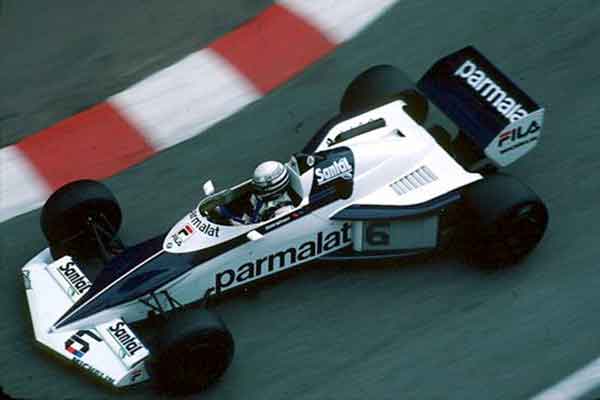
Riccardo Patrese in Brabham BT52, 1983 Monaco Grand Prix
However, Nelson Piquet was in fine form over the year and won his second Drivers’ Championship title, making history by clinching the first World Championship with a turbocharged car. On the other side, Italian Patrese finished 9th in the standings what was a bit disappointing considering his own and car’s potential and quality.
Victorious start of the season
The 1983 Formula 1 season started well after Nelson Piquet won the season-opening race in Brazil. Later in the first half of the campaign, he finished 2nd at Circuit Paul Ricard and Monaco, and 4th at Spa and Detroit. Nelson also had three retirements while his teammate retired from 7 out of 8 races, finishing only the race at Long Beach where he was 10th.
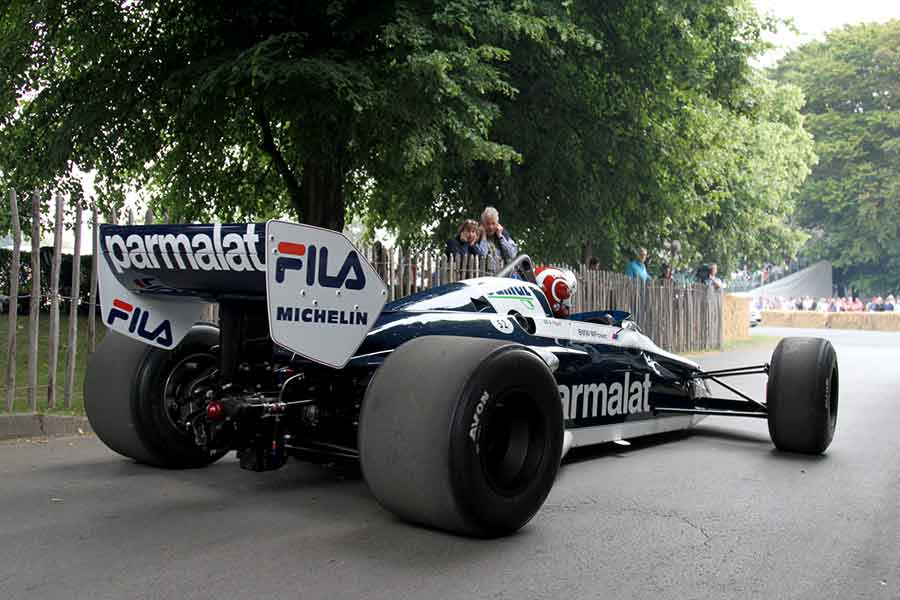
Brabham BT52 BMW at Goodwood Festival of Speed
After the first half of the season, Piquet was 2nd in the standings, trailing Alain Prost by three points. After the Canadian Grand Prix, where both Brabham cars retired from the race, the team prepared Brabham BT52B which proved to be more competitive.
Piquet was excellent in the second half of the year
The Brazilian driver never was considered as a title contender. Everyone’s thought was that Prost in Renault surely will take the title but they were wrong. Nelson finished 2nd at Silverstone and 3rd at Osterreichring but in a meantime retired at Hockenheim. It was followed by another retirement at Zandvoort and Piquet was 14 points short to Prost with just three races remaining.
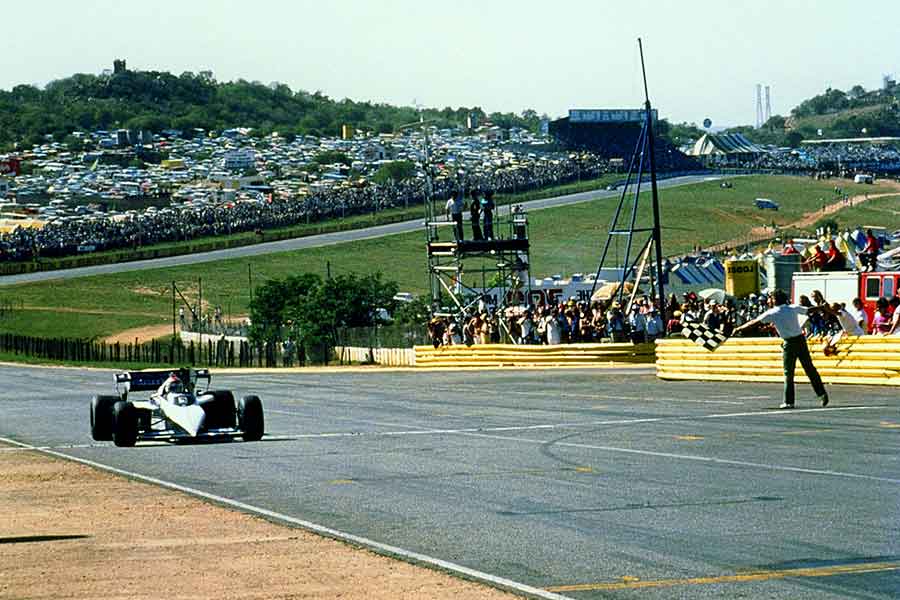
Piquet secured 1983 F1 title by finishing 3rd at Kyalami
Against all odds, the situation completely overturned in the finish of the season. Piquet scored two consecutive wins at Monza and Brands Hatch and before the final race of the season at Kyalami he was just two points behind Prost. Surprisingly, Patrese won the final race in South Africa while Piquet was 3rd what proved to be enough for the title after Prost retired from the race on lap 35.
What do the numbers say?
The Brabham BT52 was the car that won the last title for the Brabham team. It wasn’t a spectacular car but considering the fact it was constructed from scratch in very short time, it deserves plaudits. During 1983 Formula One season, the BT52 won 4 out 15 races, scored two pole positions (Patrese 1, Piquet 1), and four fastest laps, all by Brazilian driver.
Video – Riccardo Patrese talks about Brabham BT52
Brabham BT52 technical specifications
| Chassis | Aluminium and carbon fiber monocoque with rear subframe |
| Wheelbase | 2.845 mm |
| Track (front & rear) | 1.753 mm / 1.651 mm |
| Suspension (front & rear) | Double wishbones, push-rod operated coil springs over dampers |
| Engine | BMW M12/13, 1.499cc, Straight 4, turbo, mid-engine, longitudinally mounted |
| Power | 640 bhp / 477 kW at 9.500 rpm |
| Gearbox | Brabham/Hewland 5-speed manual |
| Brakes | Carbon-ceramic discs |
| Weight | 540 kg |
| Tires | Michelin |
| Fuel | Castrol |
Photo: favcars.com, timewastingmachine.tumblr.com, wheelsage.org, pinterest.com, f1fanatic.co.uk,


